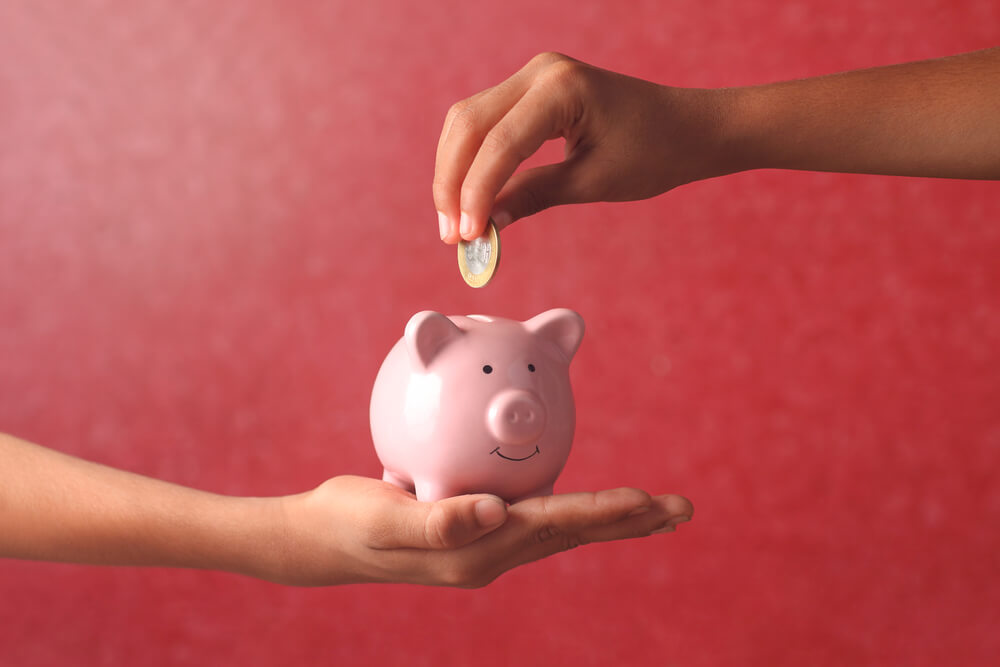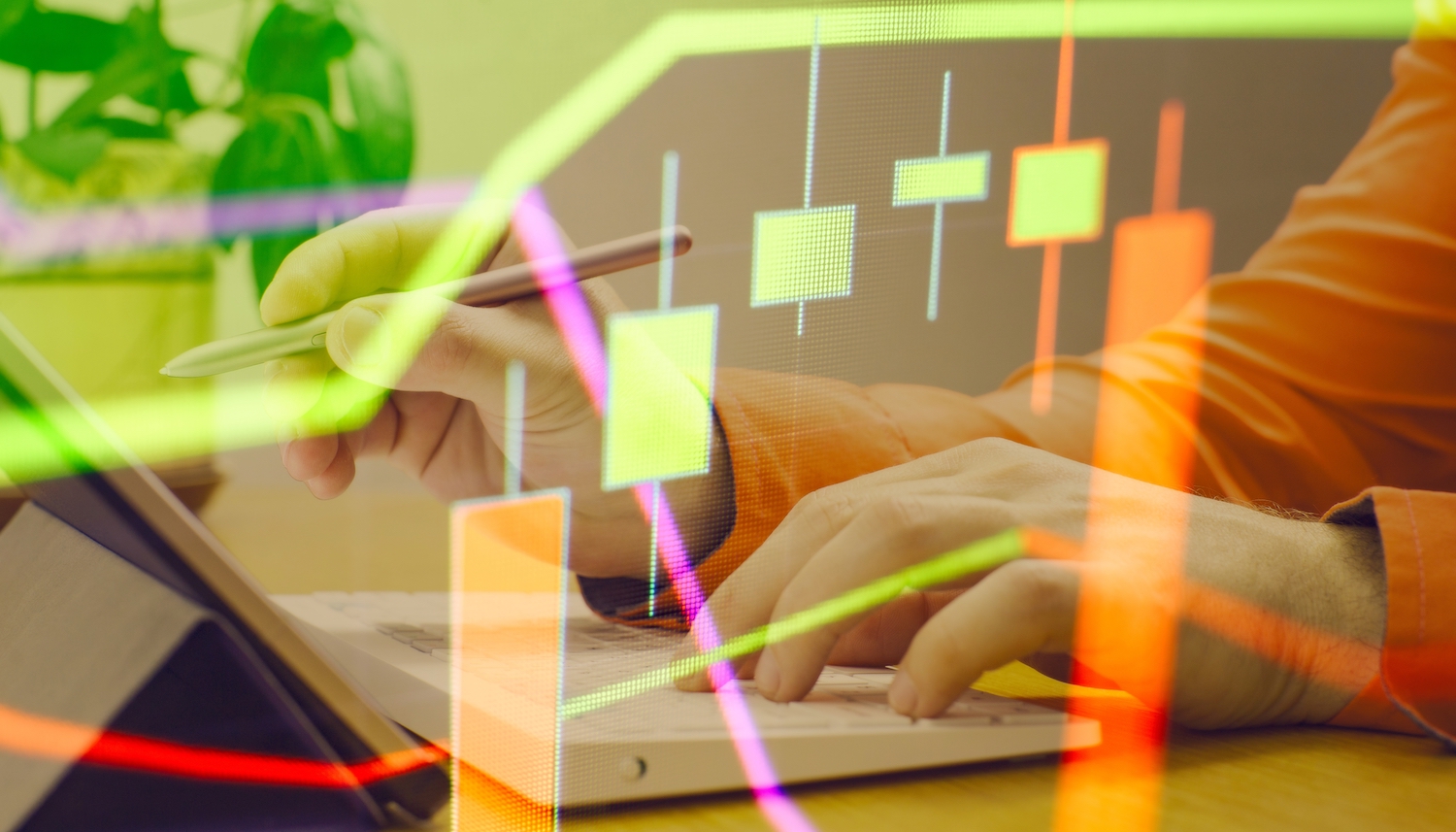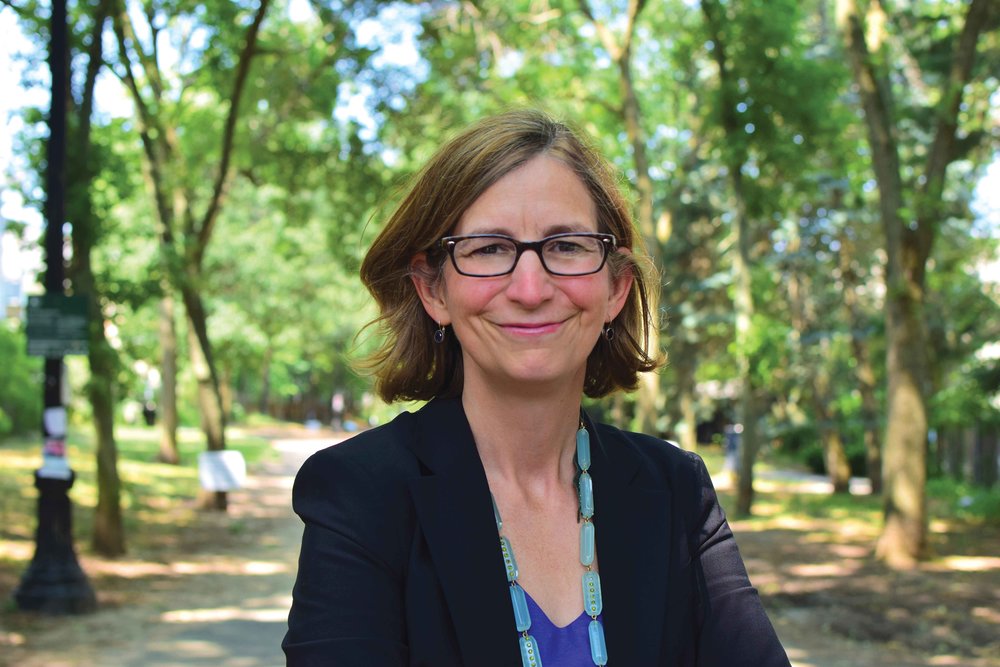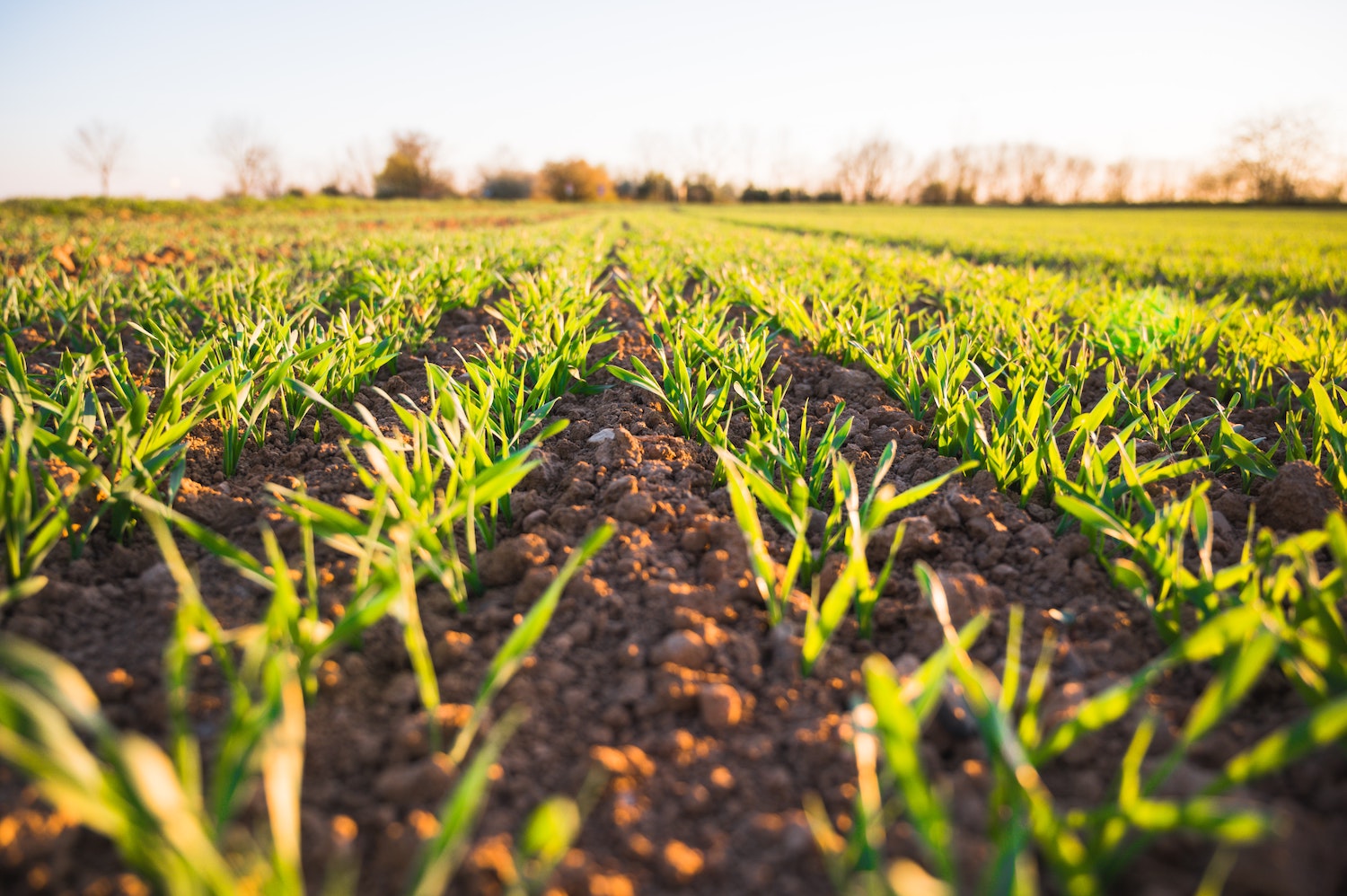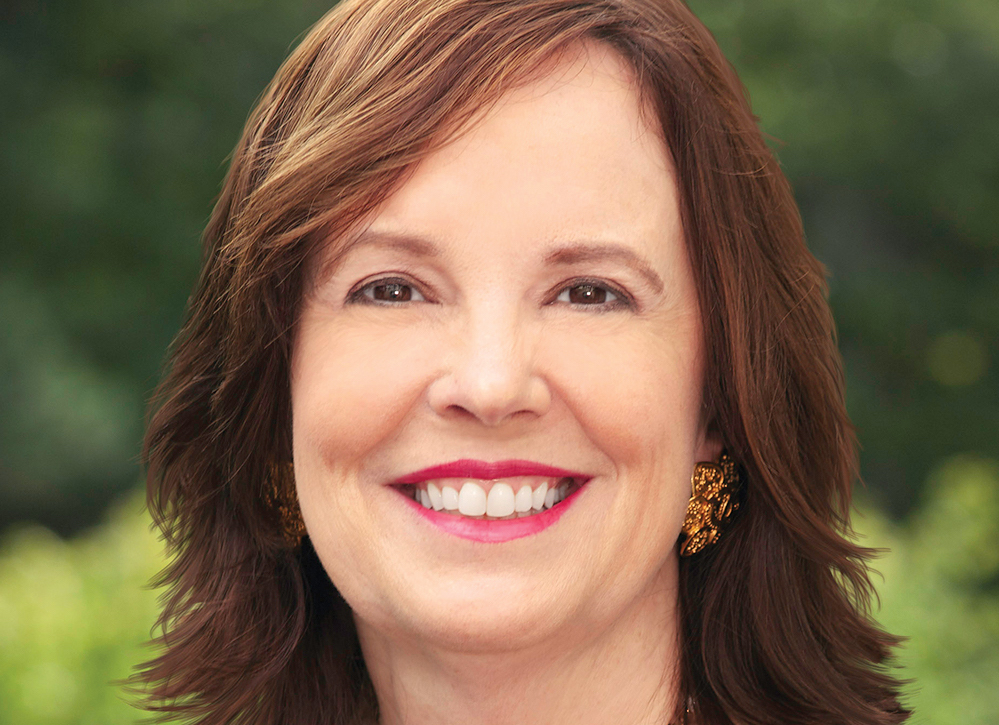ImpactAlpha, November 15 – It’s no secret that many traditional banks use customer deposits to fund companies in industries that may not align with your values, such as the oil and gas sector. If you are not comfortable with that, you can switch to a socially-responsible bank that lends to local communities or pledges not to fund fossil fuels.
Socially-responsible banks rally around environmental, social, and governance, or ESG, goals. For instance, a bank may lend to companies that produce clean energy or fund affordable housing and small businesses in disadvantaged areas.
The prominence of climate change and social movements like Black Lives Matter has fuelled an explosion in new socially-responsible and “green” banks in 2021, including Atmos, Climate First Bank, Ando Money, and Fair.
There are three basic types of socially-responsible banks:
- B Corporations. B Corps are entities certified by B Lab, a nonprofit organization that verifies institutions based on corporate governance, community and environmental impact, and worker and customer treatment. Once certified, B Corps are legally bound to balance their profit, mission, and impact on their community and the environment. (Non-bank companies like Patagonia and Dr. Bronner’s are also certified B Corps.) Here is a list of B Corp certified U.S. banks.
- GABV members. The Global Alliance for Banking on Values, or GABV, is an independent network of financial institutions that pledge to support sustainable goals. GABV currently includes 67 global banks; members are reassessed yearly to ensure compliance. It’s not uncommon to see socially-responsible banks that have both GABV and B Corp membership.
- CDFIs. Community development financial institutions help low-income communities with accessible financial products such as loans, mortgages, and training. CDFIs are accredited by the U.S. Treasury Department. Because CDFIs are exempt from ability-to-repay requirements, they can bypass restrictions like employment status, income, and credit history to support underserved populations. However, as they focus primarily on social issues, they may still finance fossil fuel activities.
Questions to ask
We have found dozens of socially-responsible banking options, including well-known names like Amalgamated Bank, Aspiration, Beneficial State Bank, Mascoma Bank, Spring Bank, Southern Bancorp, and Sunrise Banks. Several banking startups like Ando, Atmos, and Fair launched in 2021.
Before deciding on a socially-responsible bank, ask whether its values align with yours. Is the bank a certified B Corp? A member of the GABV? Is it designated a CDFI by the U.S. Treasury Department?
Some banks call themselves “green” or “socially-responsible,” but you may question their commitment to ESG goals in the absence of any certifications. Do you want a bank that doesn’t fund fossil fuels or a bank with a social mission?
Many CDFIs have a valuable mission supporting underserved communities in their area, but they may still be funding fossil fuels. In contrast, some green banks have promised to invest in clean energy projects, which means they are not as focused on supporting underserved communities. Do you need a bank with physical branches and a network of ATMs?
Many socially-responsible neobanks like Aspiration, Atmos and Ando Money are online-only, which limits you to an app or web portal. And some CDFIs and credit unions have several physical branches but no nationwide ATM network. Do you like the bank’s products?
As with any bank, you need to be happy with account minimums, monthly fees and APYs. And if you want to get a credit card from the same institution, sustainable options are extremely limited.
Socially-responsible banking options
Here are some of the most talked-about socially-responsible banks:
Amalgamated Bank
Amalgamated Bank is a B Corp and GABV institution focused on climate change and social justice causes like criminal justice reform, reproductive rights and workers’ rights. Moreover, it pays a high minimum wage to a workforce comprised of 60% women and people of color. The bank charges no fees and pays up to 0.4% APY on its savings accounts. While the bank offers physical branches in New York, Washington, D.C., and San Francisco, its mobile app is bare-bones at best.
Aspiration
Founded by Andrei Cherny in 2013, Aspiration is a neobank with the mission to help customers “make money while making the world a better place.” A certified B Corp, Aspiration offers checking and savings accounts, IRAs, investment accounts, and a fossil free mutual fund. It has just launched a carbon-neutral credit card, Aspiration Zero. Aspiration will plant a tree every time you buy something with the card.
So far Aspiration is the only bank that lets you decide what to pay for basic checking and savings account services, rather than charging a fee. Aspiration also donates 10% of fees to nonprofits helping Americans in need. Aspiration is online-only with no branch locations.
Atmos
Launched in 2021, Atmos is a member of 1% for the Planet, and it is awaiting B Corp certification. Atmos makes sure that your deposits go to fund clean energy projects, not fossil fuel companies. This bank offers no-fee, FDIC-insured, high-yield savings accounts and checking accounts. It also allows you to track the carbon impact of your banking activity. Like Aspiration, Atmos has no physical branches.
Climate First Bank
Climate First Bank is a GABV member and pending B Corp institution that is focused on climate change. This carbon-neutral bank offers a variety of checking, saving, money market, health savings, CDs, and IRA accounts. It uses its deposit accounts primarily to fund solar projects and electric and hybrid vehicle loans. Its fee-free ATM network is entirely Florida-based, however.
Spring Bank
Spring Bank is a well-known B Corp and CDFI, as well as the first bank to set up headquarters in the Bronx in over 25 years. The bank offers savings, checking, money market, IRA, and CD savings accounts to its New York communities with relatively attractive APYs of up to 0.5%.
Thinking of switching?
Every bank comes with a variety of pros and cons, and socially-responsible banks are no different. While in-person banking may not be as popular as it used to be, many customers still want a physical location to visit. Unfortunately, most green neobanks don’t have any branches.
Even if you can’t see a teller, you might still want no-fee access to cash. Take a look at the bank’s ATM network. Be mindful that they may not be as extensive as that from a national bank, and if you have to use an out-of-network ATM, you could end up paying higher withdrawal fees.
Lastly, keep in mind that some socially-responsible banks are newer and still need time to finesse their apps or online platforms.
In the past, switching from a traditional to a socially-responsible bank seemed risky and time-consuming, but a new wave of neobanks is trying to change that. Even if you are not be ready to use a sustainable bank for all of your banking needs, you can always start with one account.
Anna Yen is a contributor for SustainFi. She has nearly two decades of experience specializing in derivatives, wealth management, and alternative investments. Between marketing derivatives at JPMorgan and as a director at UBS, she co-managed a fund portfolio. Currently, she is an investor and financial wellness expert at FamilyFI.
NOT INVESTMENT ADVICE. The content is for informational purposes only; you should not construe any such information as investment advice.



